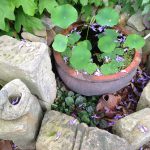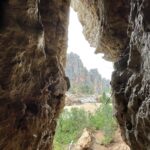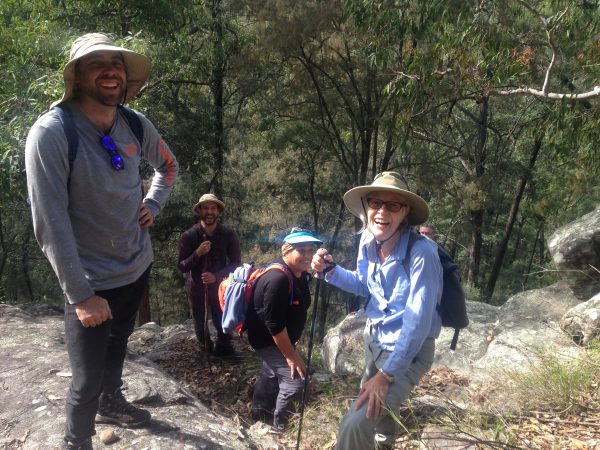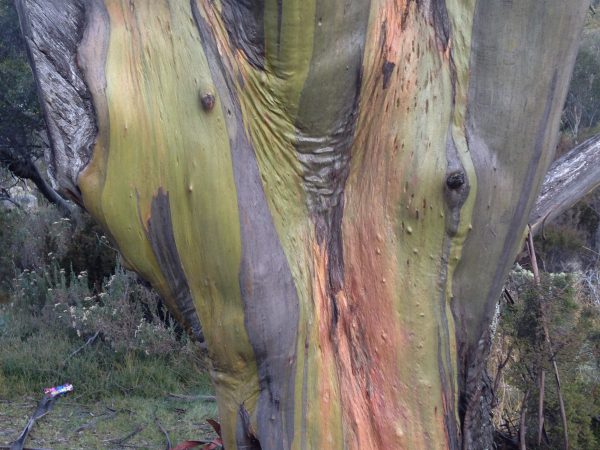What is the point?
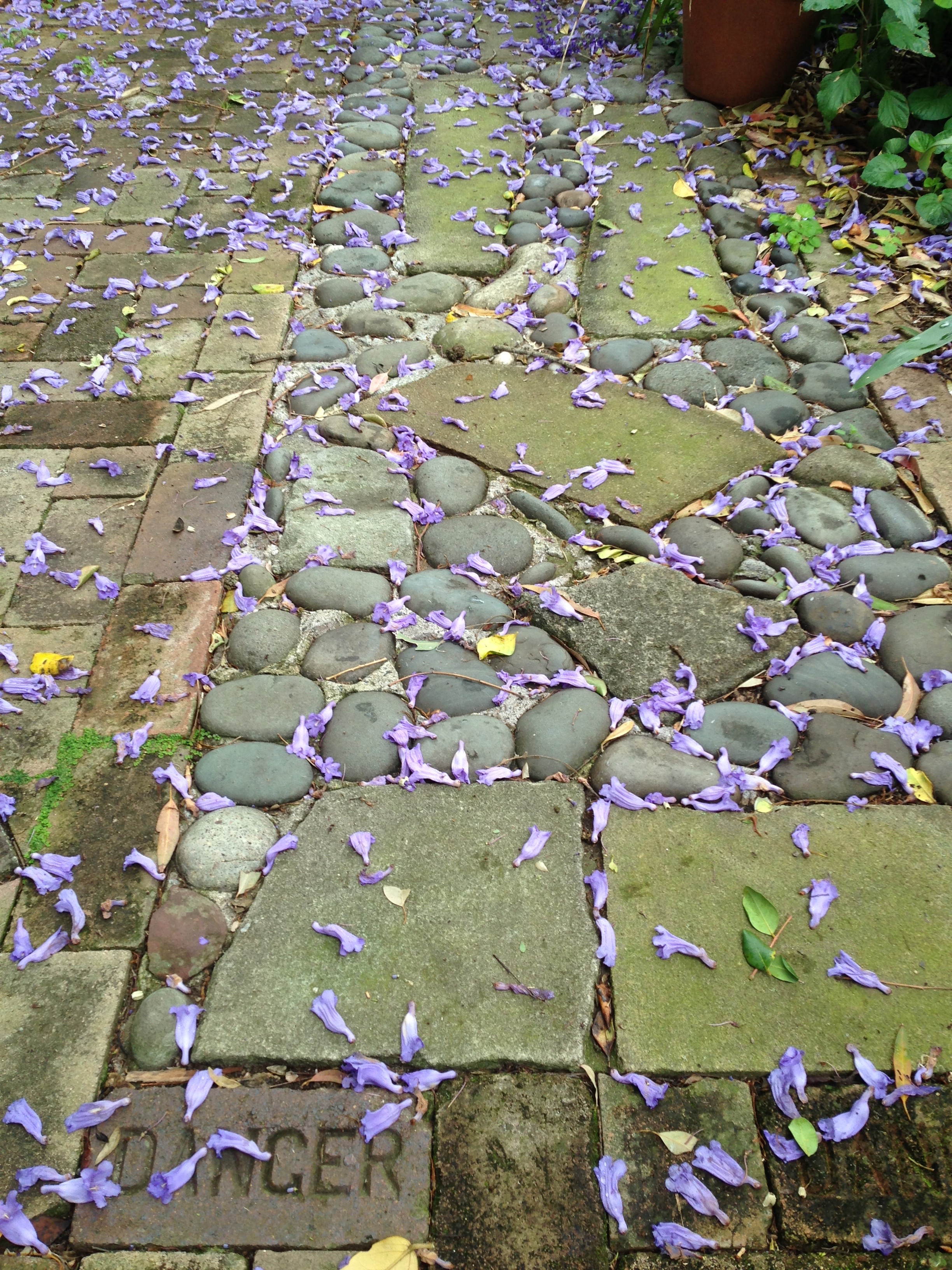
As all things are buddha-dharma, there is delusion, realization, practice, birth and death, buddhas and sentient beings. As myriad things are without an abiding self, there is no delusion, no realization, no buddha, no sentient beings, no birth and death. The buddha way, in essence, is leaping clear of abundance and lack; thus there are birth and death, delusion and realization, sentient beings and buddhas. Yet in attachment blossoms fall, and in aversion weeds spread.[1]
This paragraph comes from the “Genjōkōan”, a letter written by Master Dōgen to one of his lay followers and which forms the opening chapter of his great collection of teachings titled “Shōbōgenzō”, or “Treasury of the True Dharma Eye”.
The Genjōkōan text presents a very clear outline of what the buddha way is all about, even within this first paragraph. As practitioners, we need to get an understanding of that conceptually and understand the philosophy that Dōgen is presenting us with (also known as ‘right view’), but more importantly we need to understand Dōgen’s mind so that these words, through practice, mirror our own experience.
“Genjōkōan ” is often translated as “Actualising the Fundamental Point”. It has the sense of directly experiencing right at this moment things as they are. “Gen” means manifest, present moment, right now, “jo” has a sense of completion or accomplishment and “koan” means an official document. The official document here is reality itself, also known as Dharma in Buddhism. Dōgen presents us with a way to actualise that “official document” of the way things truly are.
As all things are buddha-dharma, there are delusion, realization, practice, birth and death, buddhas and sentient beings.
Buddha-dharma here means the entire universe as it is right now. More importantly it means your entire phenomenal experience. Within your experience are moments of delusion, realisation, birth, death, zazen, tea bowls, tv’s, etc. Conceptually we might say that “if everything is Buddha then all things have this essential, dharma nature, even a tea bowl”. But actually, implicit in Dōgen’s words is the realisation or experience that all things come forth full and complete in themselves. Within that realisation we are free to acknowledge the myriad things as they appear to be and there is no doubt in our experience.
As myriad things are without an abiding self, there is no delusion, no realization, no buddhas, no sentient beings, no birth and no death.
Now Dōgen sweeps everything away and presents us with the empty one world. Again we might say that if there is no inherent self-nature anywhere to be found, then how can there be anything at all we can fixedly call realisation, or delusion, or sentient being, or tea bowl, or birth, or death. We can’t find them anywhere as inherently separate from anything else. But again, this has to be experienced. You have to be able to say “There’s not a single thing in the entire universe” and unwaveringly leave it at that.
The buddha way, in essence, is leaping clear of abundance and lack; thus there are birth and death, delusion and realization, sentient beings and buddhas.
Previously Dōgen presented two aspects of our experience/practice. Seeing clearly the true nature of form and emptiness is helpful if we wish to go beyond them, but if we stick to either or both, or any insight we might have for that matter, our practice becomes problematic.
Dōgen says the buddha way leaps clear of both of these. He urges us to continue our practice beyond realisation.
So how is the birth, death, delusion, realisation, sentient beings and buddhas of the first line different from this third line? Previously Dōgen said, “As all things are buddha-dharma, therefore we have these things coming forth as buddha-dharma”. That’s still a bit conceptual and abstract to a point, it’s not true zen. Now he says, “Going beyond abundance and lack, what’s it like?” Drop all those concepts about buddha-dharma, form and emptiness, what is your experience like right now? What remains?
Dōgen himself leaps clear here with simply, “Yet, in attachment blossoms fall, and in aversion weeds spread”. Yasutani roshi commented on this phrase saying these were Dōgen’s “live words” and that up to this point it had all been explanation[2]. I like that way of seeing it and it tempts me to leave it there on just the pure presentation of those words. But I also think Dōgen is pointing to the deeper matter of the heart and the endless suffering we vow to liberate. Our practice is not just for us. We vow to meet and respond to all forms of suffering with a clear open heart-mind. We learn to leap clear and never look back, and to not turn away from the suffering around us. We practise embracing the mess of the world, the falling blossoms and forever spreading weeds.
[1]Translation by Kazuaki Tanahashi & Robert Aitken
[2]Yasutani, Hakuun. “Flowers Fall”, 1996, Shambala, pp 19-20

